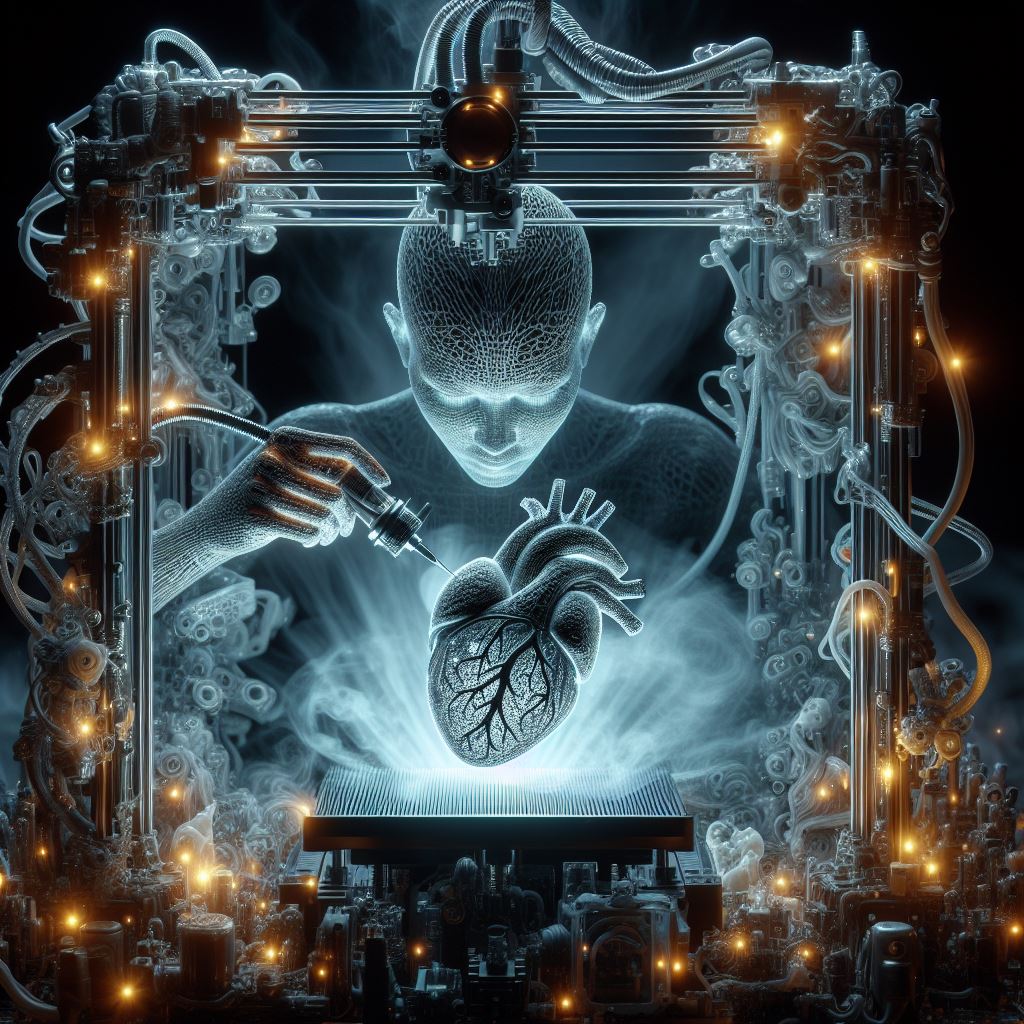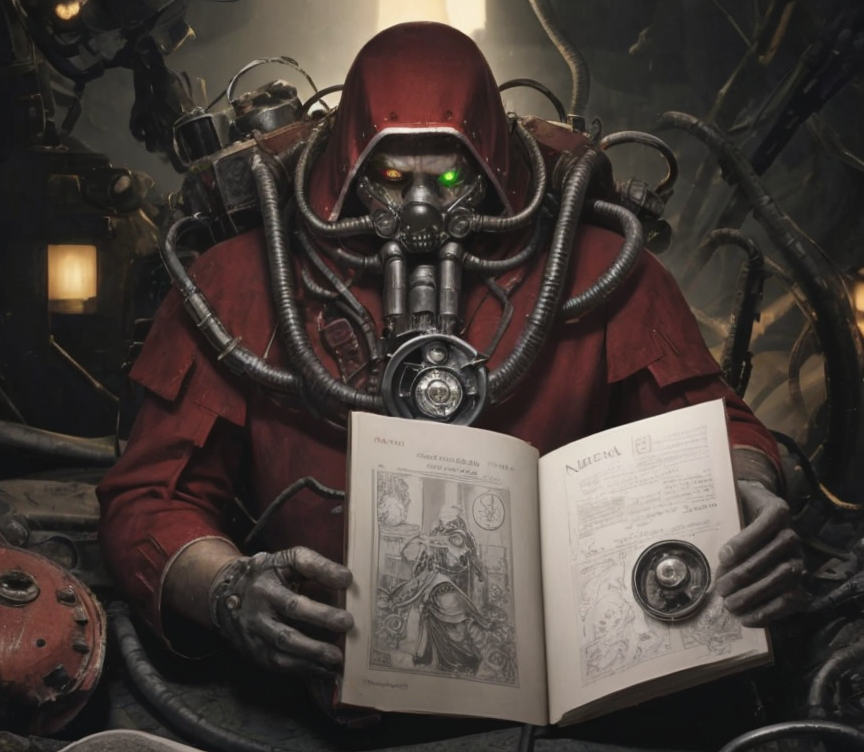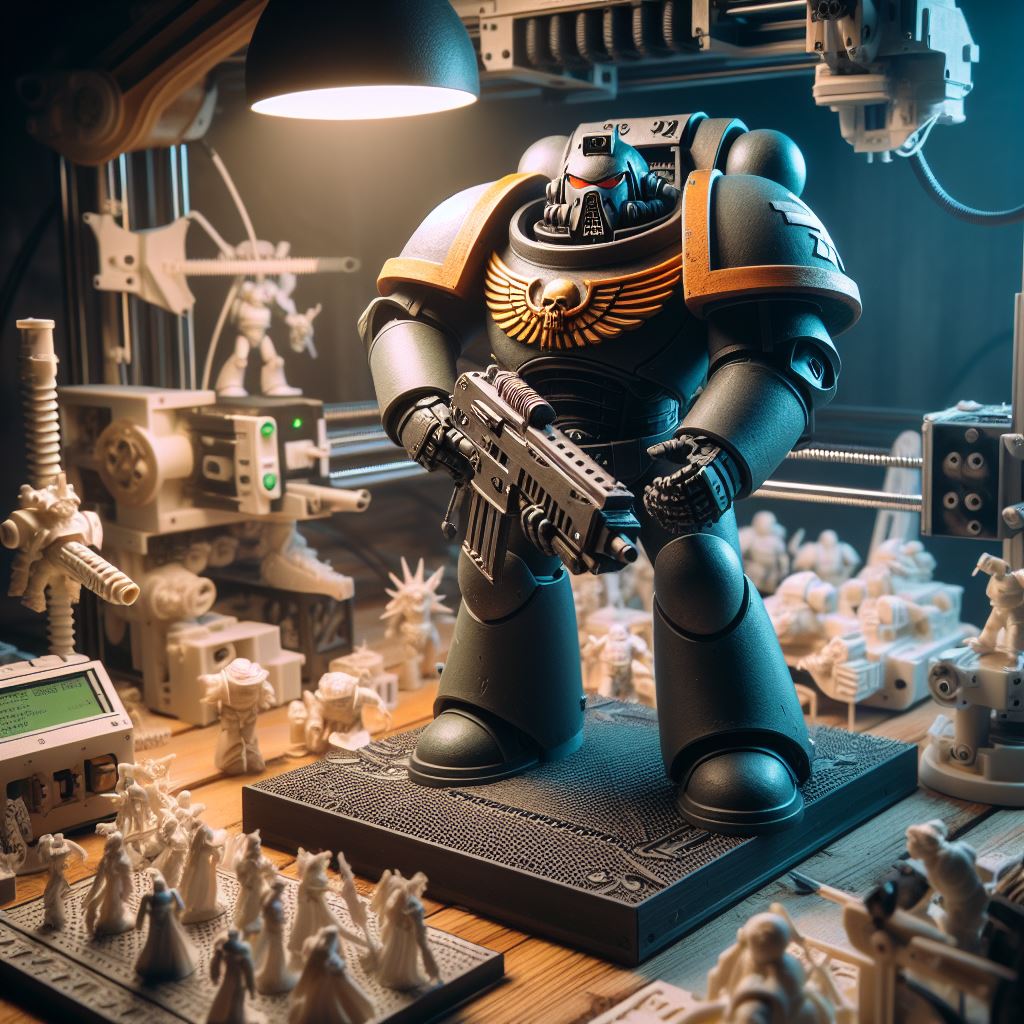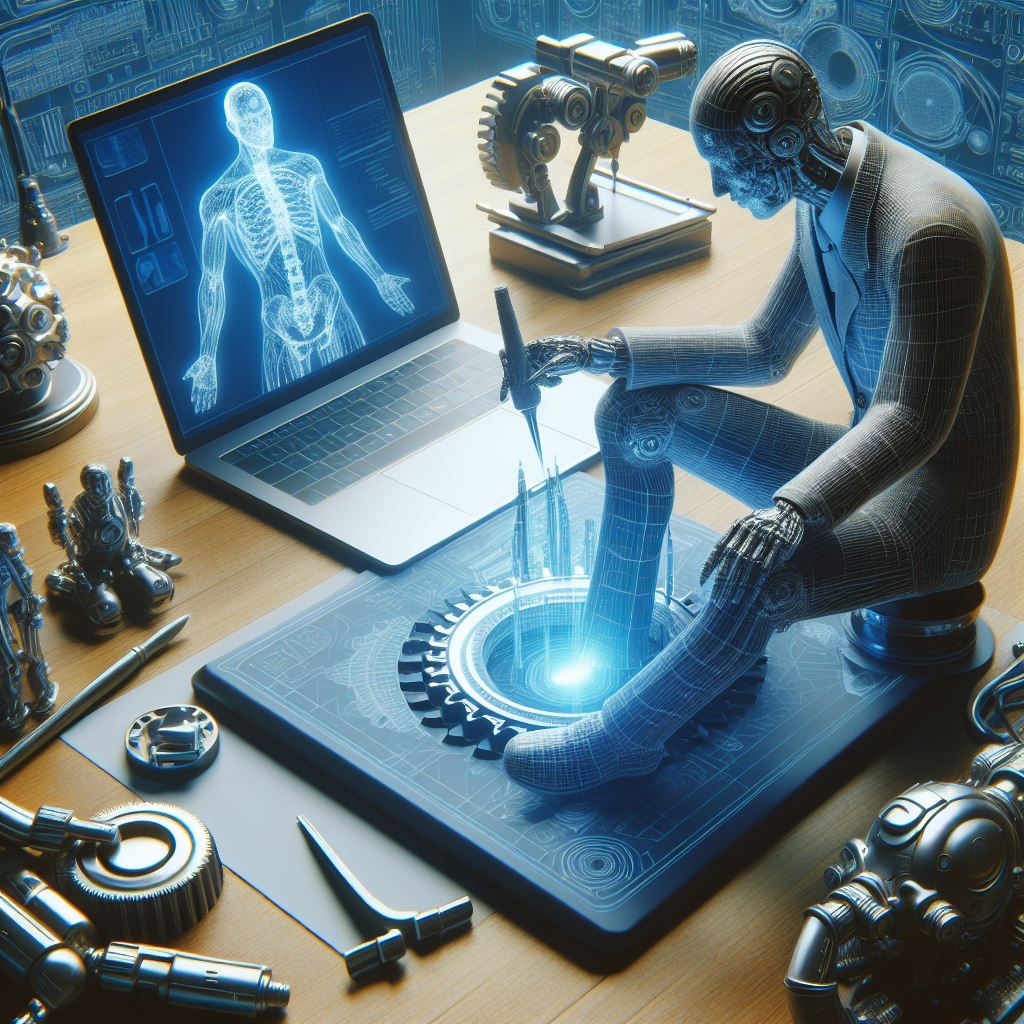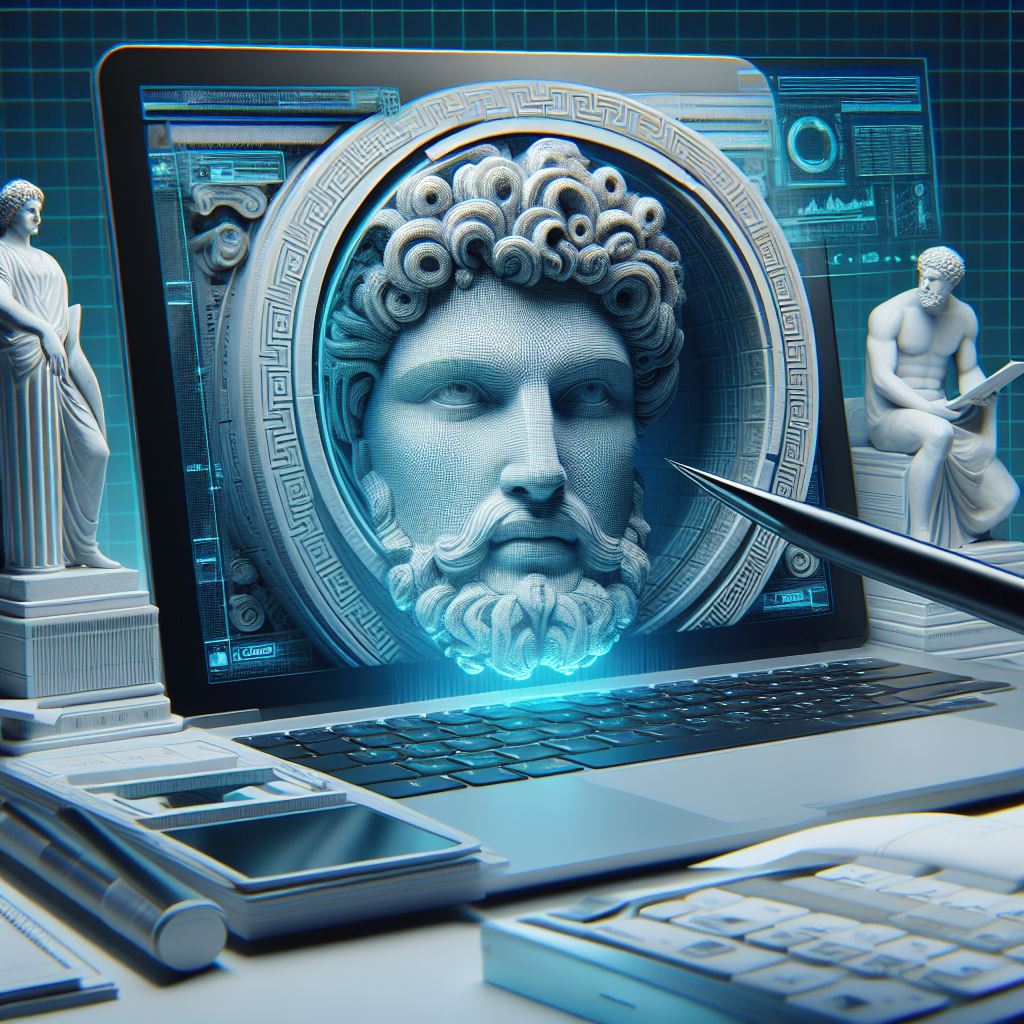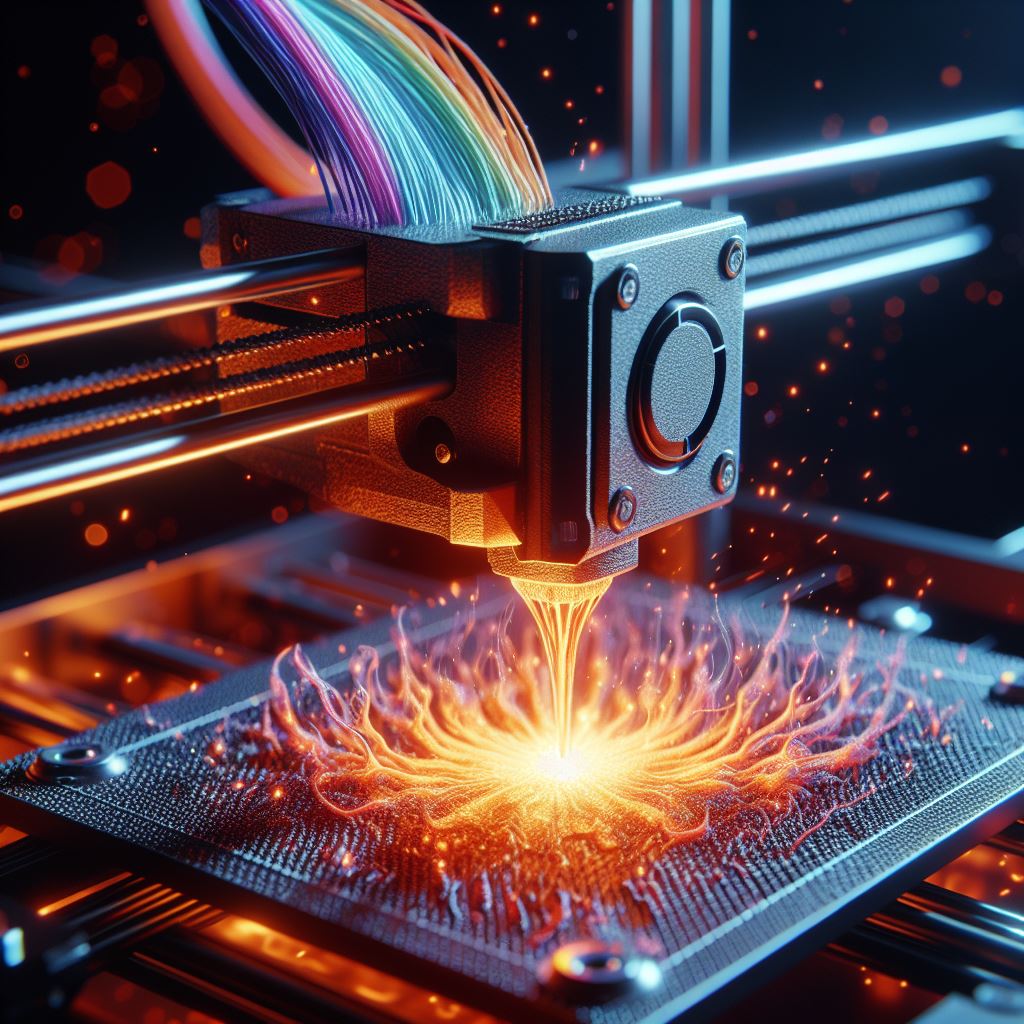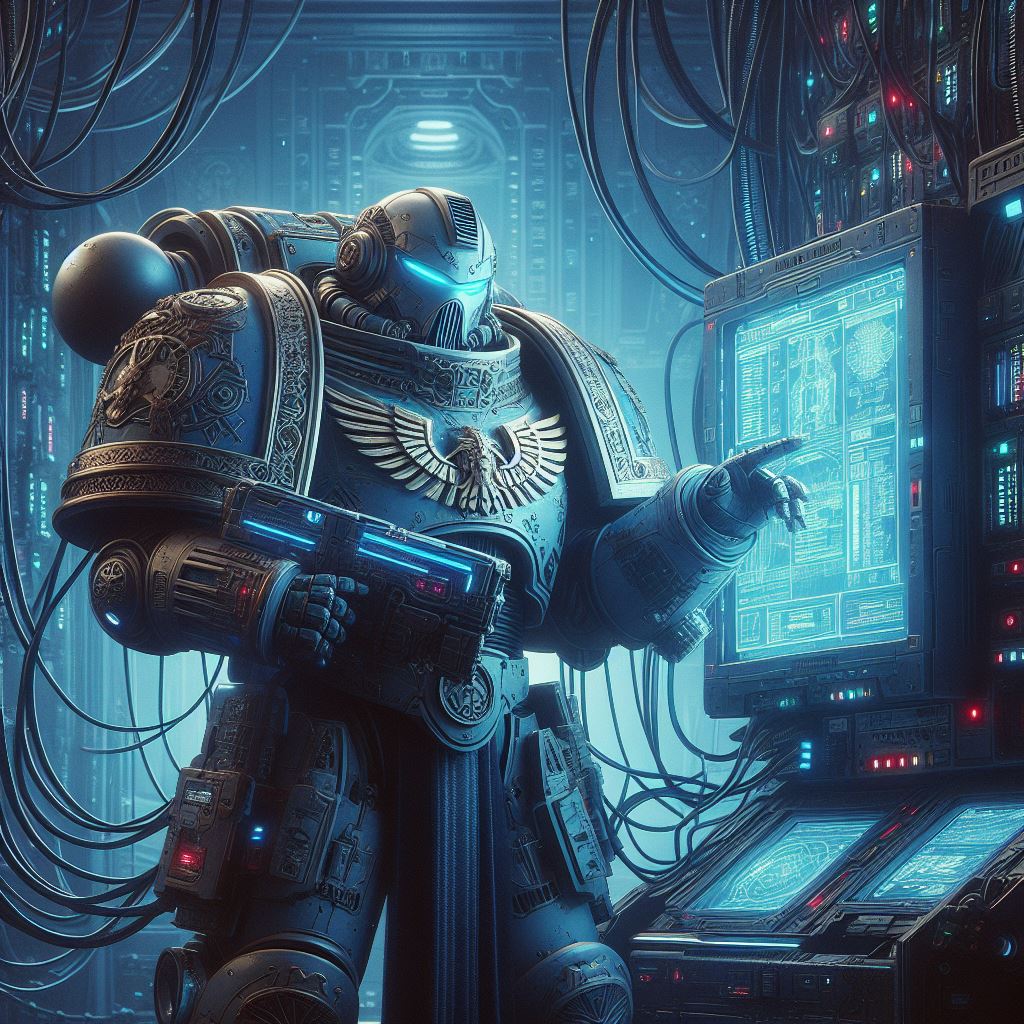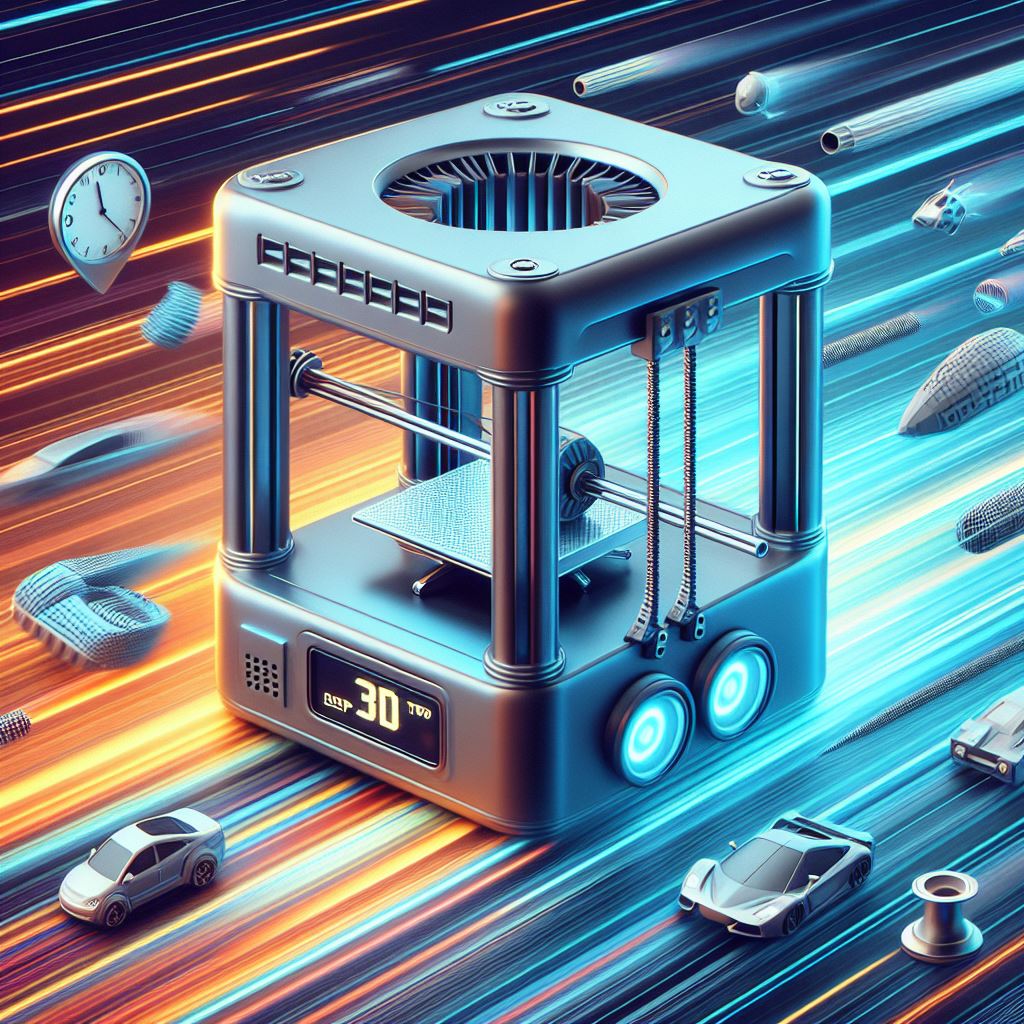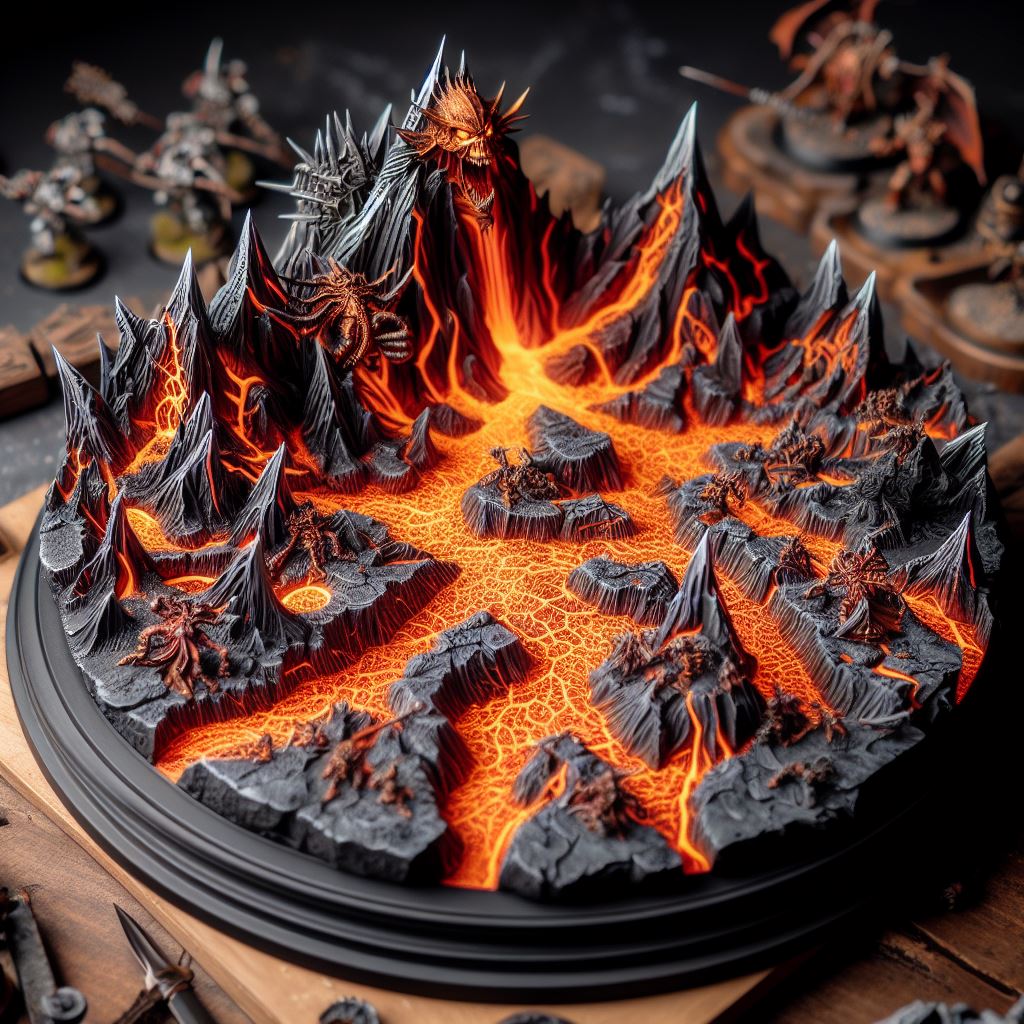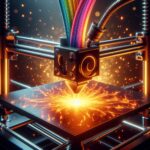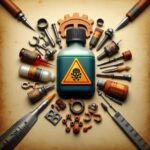How to Scan Models for 3D Printing Miniatures
Recently, I have started experimenting with 3D scanning physical objects to create digital 3D models that can be 3D printed or used in games and animations.
3D scanning allows you to digitally capture the shape and details of any real-world object, which can then be 3D printed, modified, or even brought to life in AR/VR. It opens up exciting new possibilities for creating custom miniatures, personalized gaming assets, replica props from movies/games, or even making spare parts and tools.
In this comprehensive guide, I will share everything I have learned so far about how to properly scan physical objects and prepare the 3D scans for 3D printing using beginner-friendly tools.
Overview of the 3D Scanning Process
Here is a quick rundown of the key steps involved in scanning a physical object and readying it for 3D printing:
- Choose a suitable 3D scanner based on object size, details required, budget etc.
- Prepare the object properly for scanning by cleaning, applying matt spray, removing transparency/reflectivity etc.
- Capture multiple scans around the object, with sufficient overlap between scans
- Align and combine the separate scans to make a complete 3D model
- Refine and optimize the 3D model to fix defects, reduce size etc.
- Export the final 3D model file (STL, OBJ etc)
- 3D print the model!
Optionally, you can perform further editing and corrections in CAD software if needed. Next, let’s understand these steps in more detail.
Step 1: Choosing a 3D Scanner
The first step is selecting an appropriate 3D scanner to digitize your object. The optimal 3D scanning device depends on factors like:
- Object Size – Is it a small object that fits on a table, or a large real-world scene?
- Level of Detail – Fine details like engravings require high precision scanning.
- Accessibility – Can the scanner capture all surface details adequately?
- Portability – Will scanning happen outdoors/on-site or in a fixed lab setup?
- Budget – Professional scanners can cost over $50,000!
Types of 3D Scanners
Here are the most common types of 3D scanners used by hobbyists and professionals:
Handheld 3D Scanners
EinScan Pro 2X Plus – $3,699
Shining 3D EinScan-SP – $1,799
Great for scanning small objects and miniature figures up to a few inches in size. Allows scanning intricate details down to 0.05mm accuracy. Portable for easy outdoor use.
Photogrammetry Software
Agisoft Metashape – $179
Low-cost way to create 3D scans using just a smartphone camera or DSLR. Captures photos all around object and converts them into a 3D model. Easy to set up, good for beginners.
Laser 3D Scanners
EinScan H Series Desktop 3D Scanner – $11,999+
Accurate and automated desktop laser scanners ideal for small-medium sized objects. Reliable scan quality for organic shapes too.
Structured Light Scanners
Einscan Pro 2X – $7,199
Safe, high-speed scanning using structured blue light technology instead of lasers. Supports large scan sizes via automatic object positioning.
As you can see, there is a huge range when it comes to 3D scanners! I recommend beginners to check out smartphone photogrammetry apps or consider the very affordable EinScan-SE if you need better scan quality.
For professional studios, the Einscan H Series or EinScan Pro 2X Series provide exceptional scan quality and advanced automation features.
Step 2: Preparing Objects for 3D Scanning
Properly preparing your objects before 3D scanning is crucial for capturing high quality scan data:
- Clean the Object – Remove any oil, grease, dust or particles that may interfere with camera/laser tracking
- Apply Temporary Spray Paint – Matte coating prevents shine and reflection that can degrade scans
- Secure the Object – Use clamps if needed to prevent wobble/movement during scanning
- Remove Transparency – Glass/clear objects are challenging to scan and may need custom rigs
- Mind the Background – Provide high contrast with the background to aid camera tracking
For miniatures, I recommend thoroughly cleaning with isopropyl alcohol, applying a quick coat of matte spray paint, and securely positioning them on a rotating platform for easy scanning access.
Pro tip: Most spray paints come off plastic/resin miniatures easily with some post-processing after scanning!
Step 3: Capturing Scan Data
Now comes the actual 3D scanning process! To capture a complete object digitally, you need overlap between multiple scans taken from different positions all around the object.
Ideally you should capture extra scans above the minimum required, giving some redundancy just in case certain scans don’t align properly later on. Slow and precise scanning movement is vital.
The scanning software assists with visual guidance, showing which areas still need more scan coverage. Keep going until every exterior surface facet of the object has been sufficiently scanned from multiple angles.
For supported scanners, an automated spinning platform gradually rotates the object after each scan, letting you walk around capturing different views easily without having to move the object manually.
Step 4: Aligning and Combining Scans in Software
With all scan data captured, the next step is aligning and merging the separate scans to create a unified 3D model containing the complete object surface.
Sophisticated 3D scanning software handles this process automatically behind the scenes. It identifies common overlapping surface patterns across the scans to correctly orient them relative to each other in 3D space.
The aligned scans are then combined into a single composite model through a process called registration. This eliminates redundant overlapping areas between scans, leaving us with one cohesive 3D mesh.
Step 5: Refining the 3D Model
The combined 3D model inevitably has some imperfections from the scanning and alignment process. Next we improve scan quality through mesh refinement tools in the 3D software:
1. Fix Missing Areas
Any small gaps or holes in the mesh surface are automatically filled in using surrounding geometry as a template.
2. Reduce Noise
Extra scattered point outliers are filtered out to smooth the model surface.
3. Simplify Geometry
The raw scan mesh starts out extremely dense, with millions of excess polygons. The mesh can be decimated to an optimal level of detail for the application without losing important shape characteristics.
This makes the 3D model much lighter and easier to manipulate in other editing software later on. Detailed miniature scans can be reduced to ~50,000 polygons without visible quality loss.
4. Verify Results
Thoroughly look over the final mesh for any remnants of defects. For tabletop miniatures, check that the model accurately captures all the intricate details present on the physical figure to your satisfaction.
Step 6: Exporting Scans for 3D Printing
With mesh processing complete, it’s time to export the refined scan data to make it 3D printer ready!
STL and OBJ are the most common format options, supporting basic geometry and texture information. If you need to transfer color data, PLY is a good choice.
For more advanced applications, consider exporting scans as STEP or IGES files instead of mesh formats. These preserve scan geometry as precise CAD surfaces/solids for easier editing later.
Step 7: 3D Printing Your Model!
That wraps up the scanning portion – now the fun part begins…3D printing your custom scanned creation!
To learn how to properly setup your model for error-free printing, check out my in-depth support guide on 3D printing miniatures in resin.
As highlighted on our YouTube channel, adhering to a few simple resin 3D printing tips will ensure your intricate scans turn out perfectly at high tabletop quality.
Cleaning/curing the final print takes some additional care too for handling the tiny details. Be sure to check out my detailed guide on cleaning 3D resin prints correctly.
And voila, your custom 3D scanned object is now realized in stunning physical form! Continue reading below for some closing advice…
Closing Thoughts and Recommendations
I hope this summary clearly explains the complete pipeline from 3D scanning real objects to prepping and 3D printing the resulting digital models!
To recap, the essential tools for beginners are:
- A basic easy-to-use 3D scanner like the EinScan-SE
- Mesh processing software (usually bundled with scanner)
- Slicing software like CraftCloud
- A high-precision resin 3D printer (we love the Form 3)
With some practice, you’ll be creating brilliant custom miniatures for your gaming scenarios in no time!
For more tips and advice around 3D printing, don’t forget to check out Warhammer Universe on YouTube. See you next time!
Related Articles
- Unveiling the Art of Filament Mixing! Embark on a journey through our comprehensive guide on 3D print filament mixing. Elevate your prints with vibrant colors and discover tactics that enhance success on the battlefield.
- A Masterclass in Print Quality Enhancement! Elevate your 3D printing game with our guide. Uncover 20 essential tips for improving print quality. Boost your success on the battlefield with prints that stand out.
- Post-Processing Perfection: A How-To Guide! Achieve a flawless finish with our guide on post-processing 3D prints. Learn techniques that go beyond the basics, ensuring your creations shine on the battlefield.
- Conquering Printing Predicaments: A Troubleshooting Guide! Tackle common 3D printing issues head-on with our expert guide. Explore solutions and preventive measures in our comprehensive guide on fixing common 3D printing problems. Ensure your prints stand tall and error-free.
- Optimizing Resin Prints: A Tactical Approach! Dive into our guide on model orientation for resin 3D printing. Discover strategies to enhance success on the battlefield through optimal model positioning for resin prints.
- Slicer Software Decoded: A Beginner’s Guide! Unleash the power of slicer software with our beginner’s guide. Navigate the intricacies of models in slicer software for prints that stand out on the battlefield.
- Structural Stability: Bridging 3D Printing Gaps! Conquer the challenges of overhangs and bridges in 3D printing with our expert guide. Discover stability secrets for robust structures in our comprehensive guide on fixing overhangs and bridges in 3D. Arm yourself with knowledge for printing success.
- Speed vs. Quality: Finding the Sweet Spot! Strike the ideal balance between speed and quality with our guide on test prints for 3D printers. Explore tactics to optimize your prints for battlefield triumph.
- Guiding Newcomers: Tips for Warhammer Figures! Delve into the world of 3D printing Warhammer figures with our beginner-friendly guide. Uncover essential tips for success in our comprehensive guide on printing Warhammer figures. Arm yourself with knowledge for miniature mastery.
- Elevate Your Craft: Explore the Best 3D Printers for Miniatures
Embark on a journey of unparalleled precision and detail. Our guide unveils top-rated 3D printers, equipping hobbyists with the best tools to bring miniatures to life. Discover the ultimate printing experience for your creative endeavors.

